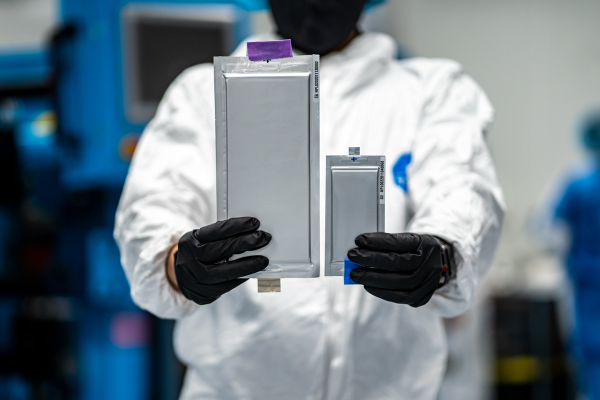Consider for a second the Internet of Things. A vast network of connected devices, programmable matter, and wearable electronics can only mean one thing: there’s going to be a ton of batteries. While changing the battery in a smoke detector may seem tolerable, changing the batteries in a thousand sensor nodes is untenable. The solution to this problem is self-contained sensor nodes, and right now the best power source for mobile devices is probably solar.
For his Hackaday Prize entry, [Shantam Raj] is building a self-contained sensor node. It’s a Bluetooth device for the Internet side of this Thing, but the real trick to this device is solar energy harvesting and low power capabilities through optimized firmware.
Basically, this system is a low-power SoC with Bluetooth. The power from this device comes from a small solar cell coupled with a very efficient power supply and some new, interesting supercapacitors from Murata. These supercaps are extremely small, have high storage capacity, low ESR, and fast charging and discharging. The test board (seen in the video below) provides a proof of concept, but this device has a problem: there’s a single ‘sanity check’/power LED on the board that consumes 4 mA. The microcontroller, when running the optimized firmware, only consumes 1 mA. Yes, the LED thrown into the prototype that only serves as an indication the device is on is the biggest power sink in the entire system.
This project is great, and it’s exactly what we’re looking for in The Hackaday Prize. If the Internet of Things ever happens as it was envisioned, we’re going to be buried under a mountain of coin cell lithium batteries. Some sort of energy harvesting scheme is the only way around this, and we’re happy to see someone is working on the problem.
Continue reading “Hackaday Prize Entry: Self Sustained Low Power Nodes” →













